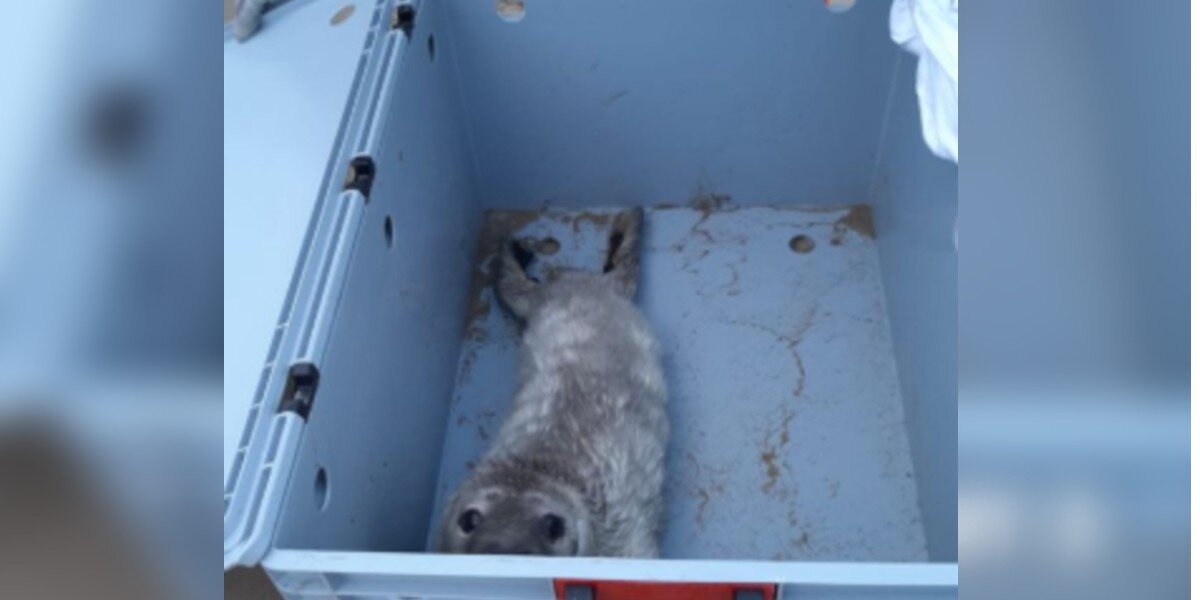While walking on a beach in Holland just after New Year’s, a woman saw a grey seal pup in trouble. The pup, still coated in white baby fur, had been separated from her mother and was all alone. The woman had no idea that helping the tiny seal would reveal a secret hidden beneath her thick, white fur.
On that day, the dog-friendly beach was crowded with people on holiday walking their dogs. A crowd accumulated around the baby seal. People were getting close, snapping photos and taking videos, while their dogs sniffed the seal pup. Recognizing that these interactions were not safe for the seal, the woman called the Pieterburen Seal Centre, a seal rehabilitation and research center that is now part of the World Heritage Centre Wadden Sea (WEC).
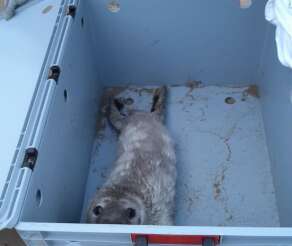 Pieterburen Seal Centre
Pieterburen Seal Centre
Rescuers arrived and realized the pup was only about a week old. Emmy Venema, stranding coordinator at the WEC, told The Dodo that normally, adult seals would be relocated in a quiet area or released into the sea. This pup was way too young for either option. So, the WEC took her in and named her Ebbie.
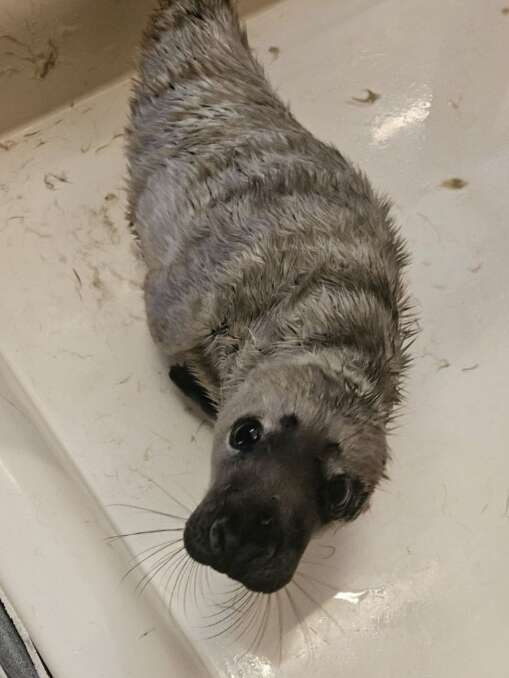 Pieterburen Seal Centre
Pieterburen Seal Centre
“Like any other grey seal, she was curious, playful and very feisty,” Venema said.
The WEC’s website also said Ebbie had some “injuries and scars” upon arrival at the rehab center. Caretakers monitored her closely and were glad to see her making progress. Then, they got a huge surprise.
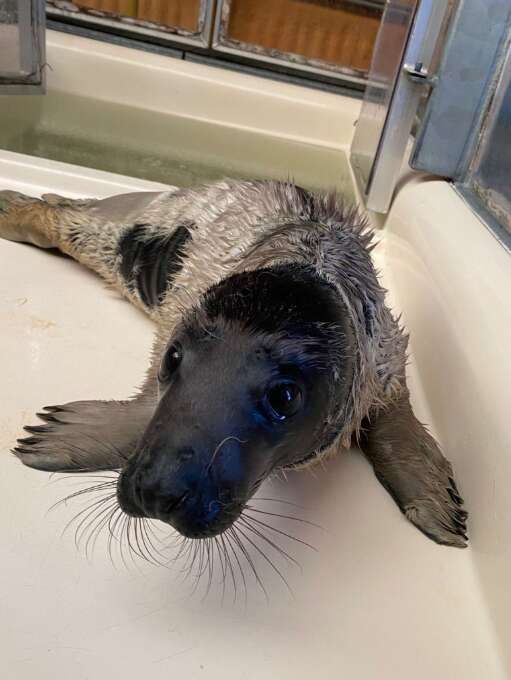 Pieterburen Seal Centre
Pieterburen Seal Centre
As Ebbie’s baby fur fell away, it revealed an unusual color. While most grey seals like Ebbie are known for their spotted, grey skin, beneath her white lanugo coat, Ebbie’s skin was a deep, rich black. It took about two weeks for her to molt completely. When the coat was gone, there was no mistaking it: Ebbie was a melanistic, or completely black, seal.
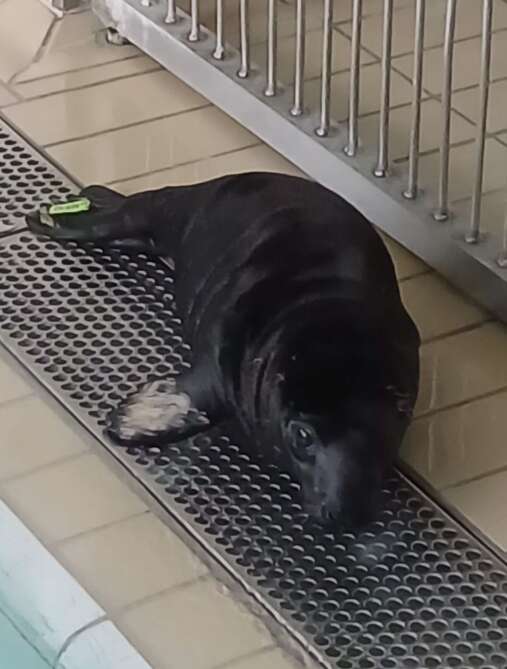 Pieterburen Seal Centre
Pieterburen Seal Centre
“We were all really surprised — and of course excited,” Venema said. The last time a melanistic seal arrived at the center was in 2017. They are very rare — roughly 1 in every 400 grey seals will be melanistic, according to the National Trust.
The condition is caused by extra melanin, or color, in the skin. The WEC says there are no real advantages or disadvantages for seals with melanistic coats in the Wadden Sea, where Ebbie had been born. Her caretakers simply made sure Ebbie learned how to be a seal during her stay at the Pieterburen Seal Centre.
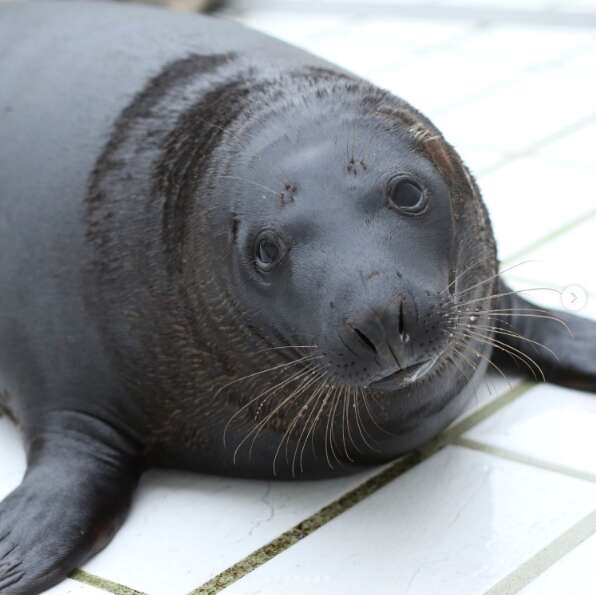 Pieterburen Seal Centre
Pieterburen Seal Centre
On March 14, nearly three months after her rescue from bullies on the beach, Ebbie was released into the wild. She hasn’t been back to visit, so her rescuers hope she’s enjoying life as the beautiful, unique seal that she is.
If you want to learn more about the World Heritage Center Wadden Sea or donate to help seals like Ebbie, visit their website!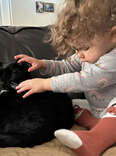 This Blind Toddler And Her Feisty ‘Seeing-Eye Cat’ Are InseparableThey even share a pillow ❤️
This Blind Toddler And Her Feisty ‘Seeing-Eye Cat’ Are InseparableThey even share a pillow ❤️
